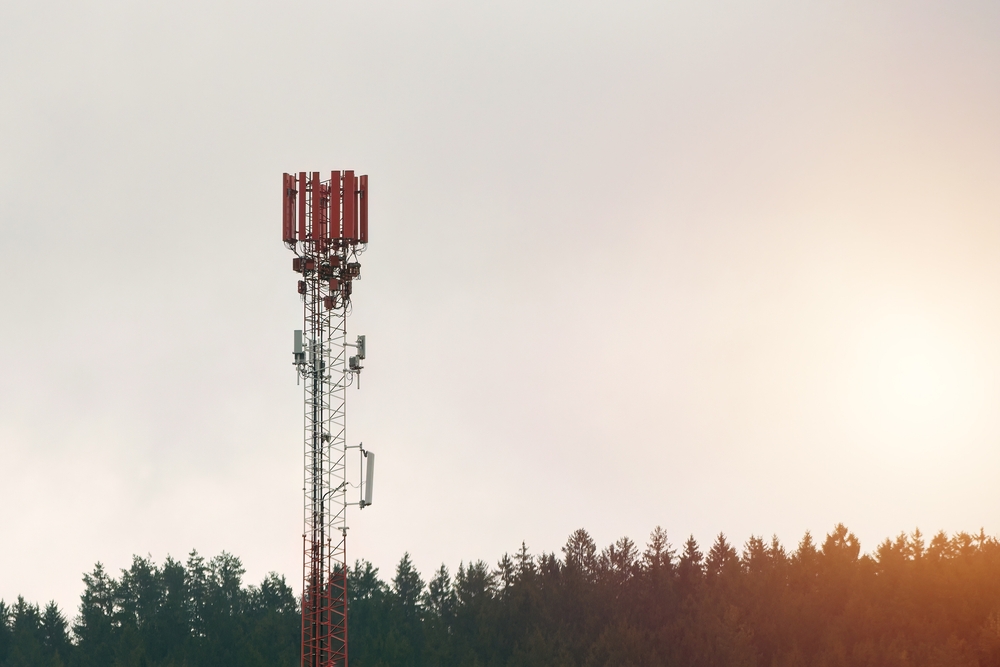It seems like everyone is talking about the possibilities of 5G. With rollouts paving the way across the country, Americans can now seamlessly tap into faster data when they’re out and about than they ever could with 4G.
That’s only the beginning of what this technology can do. New 5G infrastructure is a surefire method to get households hooked up to wireless internet in key service areas. No extensive installation, no cables, and no hardwiring required. Plus, service typically costs a flat rate per month that can be much cheaper than traditional internet packages. So what’s the catch?
What Is 5G?
It’s often confused with “gigabit” because of the G, but 5G references the fifth generation of cellular networks. It’s the data that allows you to access the internet when you’re not on a Wi-Fi network. Part of the hype behind 5G rollouts is the promised speeds that are vast improvements on 4G. In theory, 5G can reach up to 20 Gbps. In practice, however, the best speeds in high-band areas are 4 Gbps, which is still incredibly fast.
In 2010, Verizon was the first to launch a 4G LTE network in the U.S. (Norway took the title for the first country to launch 4G). Download speeds had to reach up to 12.5 Mbps to be considered 4G, but common speeds were typically much higher as time went on — especially in urban or developed areas with plenty of cell phone towers.
Download speeds on 4G networks peak at 50 Mbps, but the promises of 5G blow that figure out of the water. Initially launched in South Korea in 2019, average 5G download speeds in the U.S. already average 140 Mbps. Advocates speculate that once it’s fully launched and disseminated, 5G has the capability to be 20 times faster than 4G.
General Availability
Those data speeds sound magical, but keep in mind that the technology isn’t available everywhere and there are some roadblocks on the path to its rollout. For example, 5G speeds are available only with specific carriers. If you use AT&T, for instance, you may not get 5G speeds in an area where Verizon has market share.
Although 5G technology is blazing fast in some pockets of the country, many regions are severely underserved by the technology. Rural and sparsely populated states in the Mountain West and Midwest barely have any 5G infrastructure at all.
Transmission Differences and Home Internet Possibilities
The 5G network across the country runs on two different types of technology: sub-6 5G and mmWave 5G. The main difference between the two technologies is that sub-6 5G is available via small modifications to existing cell phone towers. When complete, speeds will be faster than 3G or 4G, but it’s not a game-changing infrastructure update for everyone. It’s a tweak that mostly benefits developed suburban and urban areas.
The mmWave 5G technology differs because it has a shorter range that measures in millimeters, not centimeters. That makes it faster than sub-6 5G, but it can only travel so far. The technology is mostly rolling out in urban centers with skyscrapers that can reach many people via new construction on top of the buildings.
The reason telecom companies are vying for 5G home internet market share is that in some parts of the country, the speed, availability, and cost of the technology make more sense for households than a traditional Wi-Fi option, whether it’s cable, fiber, or others.
What Are the Pros of 5G Home Internet?

Depending on where you live, some of the fastest internet speeds ever may be available via fiber or cable because of new telecom investments. But 5G has a place in the market, too, and for good reason. Below are some of the main factors to consider to determine if 5G home internet is right for you.
Flat Rates
Internet service providers (ISPs) such as T-Mobile, Verizon, and Starry charge flat fees of between $30 and $80 per month for their 5G home internet plans. There are no data caps, hidden fees, or annual requirements in their plans. None of these providers charge installation fees either, even if you opt for a router or modem installation to tap into more consistent speeds.
Fast Speeds
Download speeds for advertised 5G home internet plans are low with the three providers noted above. Historically, speed has been the greatest roadblock to the core technology behind 5G home internet. Fixed wireless, or a hotspot, has been a domestic internet option for years, but it has always been slower than traditional wired internet options. With its promising home internet speeds, 5G is a massive change.
Availability
Nine out of 10 Americans have access to 5G cell coverage, but only one in 10 has access to 5G home internet plans. Even so, the real potential of the technology is to reach rural communities and provide them with better internet speeds than they’ve ever had.
That said, 5G home internet speeds depend on how many people around you are using it. If your entire community signs up for a 5G package, you may find your internet lagging at peak hours. That could be the downfall of 5G home internet if it’s adopted as the go-to internet plan for underserved communities.
Wi-Fi vs. 5G Home Internet: How Do I Choose?

Where you live is the No. 1 factor to take into account if you’re considering whether to sign up for a 5G home internet plan or go for a wired alternative. Cable or fiber alternatives may not be available if you live in a rural area, but a 5G home internet package is. It’s often less expensive and offers higher speeds than satellite competitors, which helps you get more bang for your buck. If you’re in a city, there are probably going to be plenty of towers to tap into fast 5G speeds at home. Your lifestyle is the second factor to consider. The advertised speeds on 5G plans may be higher or lower than what you’re sold. The technology is also sensitive to weather, so a cable or fiber alternative may not cause problems during a storm, but 5G home internet could. If you’re accustomed to binge-watching Netflix, gaming, or uploading videos extensively, 5G home internet may not be the best bet until further roll-outs are made across the country.


